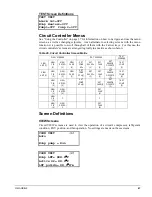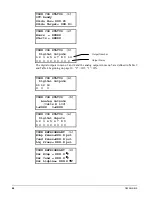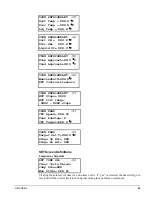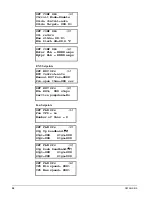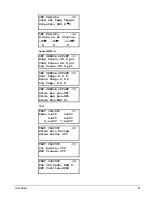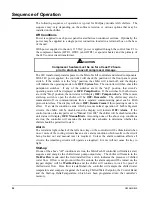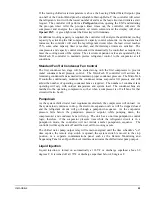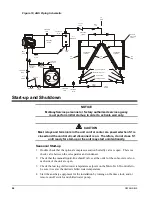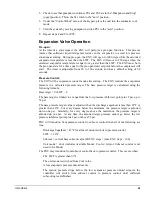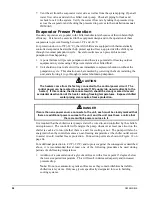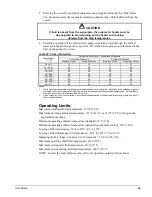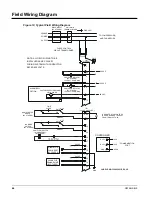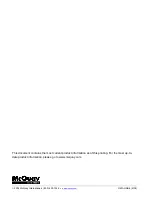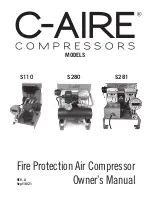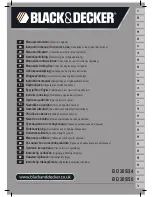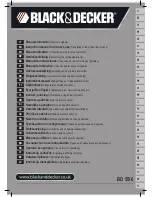
OM AGSB-5
61
Basic Charging Information:
Determine the following:
1. What control mode is the EXV in?
2. What is the circuit status?
3. What is the compressor slide position?
4. What is the DSH at 100%?
5. What is the suction pressure at 100%?
6. Is the EORL solenoid on, is it overfeeding liquid?
7. What is the OAT and how many fans are on?
8. How does the discharge superheat compare to Figure 11 on page 62.
Details to Consider:
1. The unit must be in subcool control before being able to fine-tune the charge. If the unit
does not have sufficient subcooling, it will not convert to subcool control. At 100%
load there must be a minimum of 20° of liquid line subcooling before the circuit will
allow subcooling control, therefore you may need to add charge to get to this point in
the case of severely undercharged units.
2. Verify that the circuit is not limited on a capacity limit or inhibit event. If the chiller is
inhibited on low DSH, high lift, low evaporator pressure, etc. these things may be clues
to help determine a refrigerant or oil charging issue.
3. It is hard to determine proper charge amounts while at part loads. For best charging
results the slide target should be at 100%. If there is a significant over or under charge
you may have to make adjustments to get the compressor to full load.
4. In order to maintain oil integrity, the discharge superheat needs to be greater than 20° at
a minimum. Below 20° DSH the compressor will unload. Between 20 and 22° DSH
the compressor will not load up and will be in an low discharge superheat inhibit event.
The higher the refrigerant flow, the more liquid carry over we will get from the flooded
evaporator and therefore, the lower DSH. This means to set up the refrigerant charge
correctly the compressor will need to be at l00%.
5. Typically the suction pressure will be near the low pressure hold setpoint while at full
load. You may need to sacrifice some suction pressure by removing some refrigerant to
get the discharge superheat up.
6. See note above on Evaporator Oil Return Line.
7. The lower the OAT, and the lower the saturated condensing temperature is, the more
refrigerant flow there will be and the possibility of more liquid carry over from the
evaporator.
8. Use the Discharge Superheat vs, Lift pressure chart on the following page to verify
charge. For a given lift, superheat above the curve indicates low charge, below
indicates high charge.
Summary:
At 100% slide position, in subcool control, the DSH should be as high as possible with
suction pressure at a operable value based on water/glycol mixture. At 100% load, in
subcool control, the DSH and suction pressure need to be balanced.
Example: Running circuit 1 at 100% slide target, with water only in the loop, set the low
evaporator pressure unload to 28psi (32°sat.) and the low evaporator pressure hold to 30psi.
Run the suction pressure at approximately 32psi at full load. This should allow room for
25-30° DSH. As a rule of thumb, as outdoor air temperature drops, it becomes more
difficult to maintain minimum DSH with a given charge amount, due to higher refrigerant
flows.
Summary of Contents for AGS 206A
Page 65: ......

